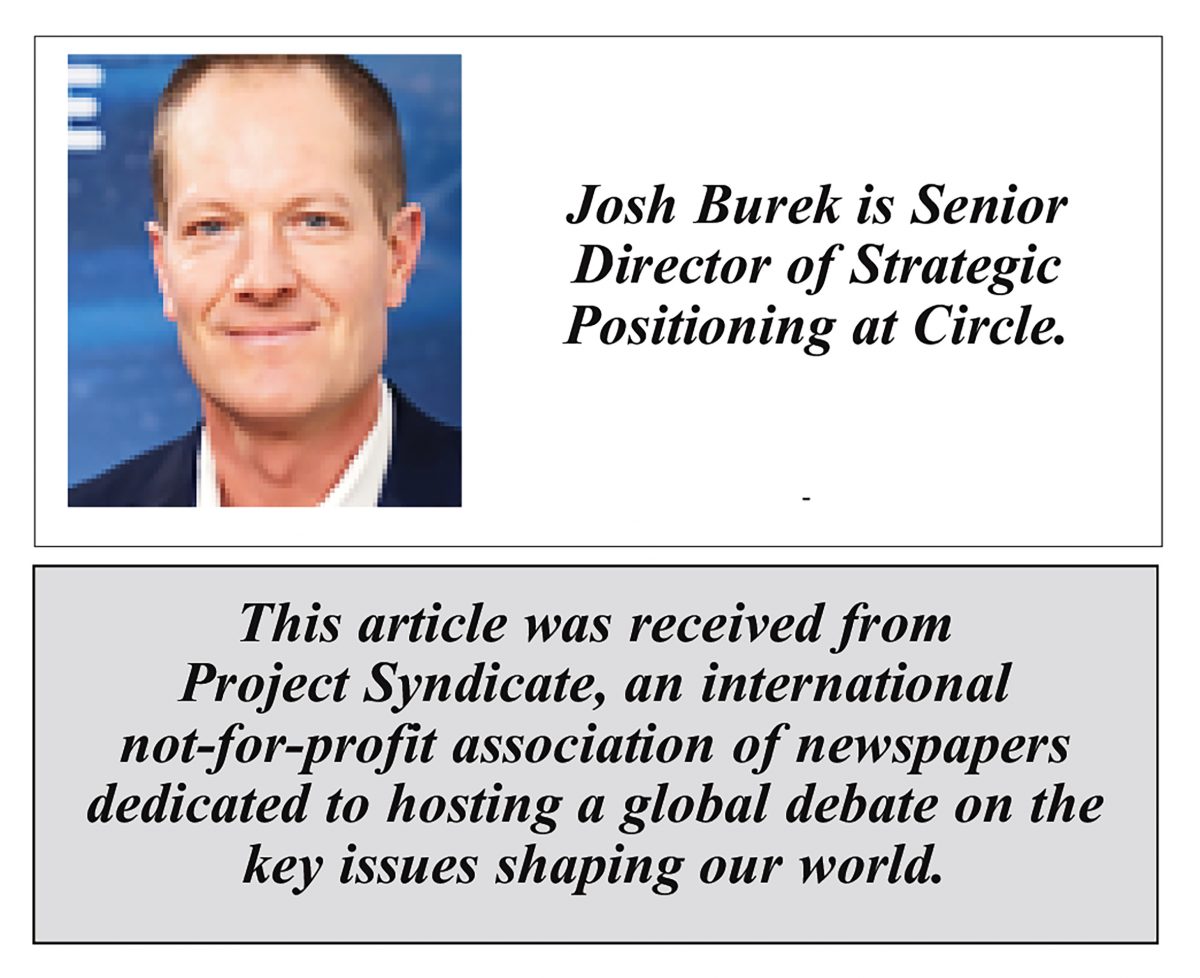CAMBRIDGE – As the crypto winter thaws, and financial institutions renew their interest in digital assets, an old debate has re-emerged over whether blockchain is truly a “trust machine,” as The Economist described it in 2015.
A figure from fifteenth-century Venice can help answer that question. Though he was neither a technologist nor a banker, the friar Luca Pacioli is remembered today for developing the double-entry bookkeeping accounting system that underpins much of the modern economy. It was his ingenious model that introduced debits and credits to the method of recording transactions in two separate accounts.
This seemingly boring and cumbersome tweak to a core business function didn’t just ensure accuracy and curb fraud; it also gave owners new insights into how to run and improve their businesses and cut costs. Under Pacioli’s system, efficiencies soared, commerce accelerated, and the Renaissance took flight. Double-entry accounting became a cornerstone of economic activity because it was simple, easily shared, and undeniably useful. Centuries later, financial statements based on Pacioli’s work became mandatory for any business. Such is the power of a basic infrastructure upgrade.
The broader lesson is that an innovation that makes it from conception to global adoption typically passes three tests of public trust: Does it work? Is it useful? Is it safe? Or put another way, users expect competence, value, and reliability.
Today, blockchain’s advocates see the technology as the next great leap toward making financial transactions massively more efficient. “The root problem with conventional currency is all the trust that’s required to make it work,” wrote Bitcoin’s pseudonymous creator Satoshi Nakamoto in 2009. “With e-currency based on cryptographic proof, without the need to trust a third-party middleman, money can be secure and transactions effortless.” Nakamoto envisioned crypto proofs replacing human trust to create a truly peer-to-peer, trustless financial system.
The underlying blockchain technology that Bitcoin’s creator(s) deployed builds elegantly on the foundation that Pacioli laid. Imagine if a fifteenth-century Florentine merchant’s ledger entry showed up instantly on the books of every other merchant. Such a distributed ledger creates triple-entry (or effectively infinite-entry) accounting, making the data immutable and incontestable.
That functionality alone is transformative, but the architecture of blockchain networks gives them superpowers well beyond financial applications. As the tech entrepreneur Chris Dixon notes, “[I]t’s wrong to think of blockchains as mere ledgers for tabulating numbers. Blockchains are not databases; they’re full-fledged computers.”
Of course, one of the great ironies of the crypto industry is that a technology grounded in a desire to strengthen financial trust has generated so much mistrust. But while The Economist was not wrong to call blockchain a trust machine nearly a decade ago, its assessment may have been incomplete. After settling literally trillions of transactions, blockchain’s fundamental claim to facilitate the reliable exchange of value has been well verified. Though it is little solace to those who lost funds during the industry’s implosions in recent years, those episodes reflected irrational exuberance and old-fashioned fraud, not any flaws of distributed-ledger protocols.
These failures were as predictable as they were regrettable. Excitement about emerging technologies typically outpaces their utility, leaving a wake of disappointments. Even the most promising technologies struggle with early design flaws. AI chatbots can hallucinate. Electric-vehicle batteries can fail in extreme cold or heat. New software is often buggy. And blockchain networks have not been fully immune to hacks and performance issues. But their battle-tested durability makes them well positioned to upgrade the way we move money.
What about usefulness? This quality is more
subjective. Obviously, collectible cartoon apes and purely speculative trading do not amount to a transformative, more inclusive upgrade to the global financial system.
Fortunately, responsible market players today are using blockchain to do many other things: delivering mobile, corruption-resistant humanitarian aid to refugees; lowering the costs of charitable giving, remittances, and cross-border payments by 80%; expanding access to basic financial services; giving workers in high-inflation countries a portable store of value; establishing provenance to power the “creator economy”; transmitting money at scale with the ease, security, and speed with which the internet transmits data; and upgrading legacy financial rails that date back to the 1970s.
While still nascent, these applications undeniably deliver high social and economic value. That brings us to the third question: whether blockchain-based financial rails are safe – which, in financial services, means regulated. Can users expect common, high standards around the world? Not quite yet, but we’re getting close.
This is another irony for crypto. What began as a libertarian vision for a code-based financial system air-gapped from government is colliding with regulatory reality. There is a growing recognition that blockchain-based networks and financial applications are not displacing so much as modernizing and democratizing traditional financial infrastructure. That means working with – not against – regulators and policymakers.
The good news is that 2024 is poised to bring greater regulatory certainty. Japan, Hong Kong, Singapore, and the European Union have all established strong standards and consumer protections for this growing ecosystem. And the US Congress could follow suit this year with bipartisan digital-asset and stablecoin legislation that would crack down on illicit financing and counterfeit digital currencies. That would make a material difference in public confidence.
Is blockchain a trust machine? The year ahead could give us a definitive answer.
Copyright: Project Syndicate, 2024.






